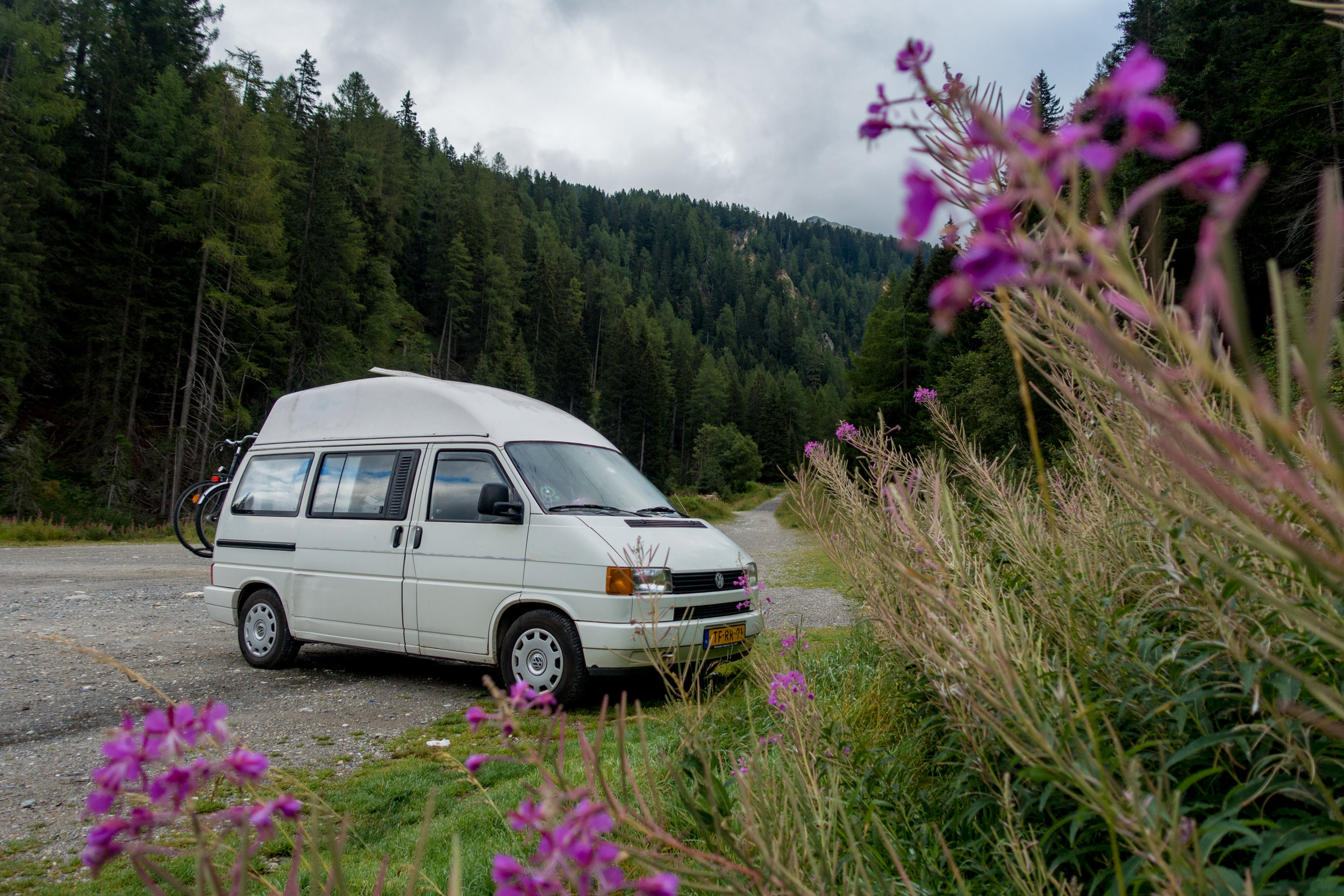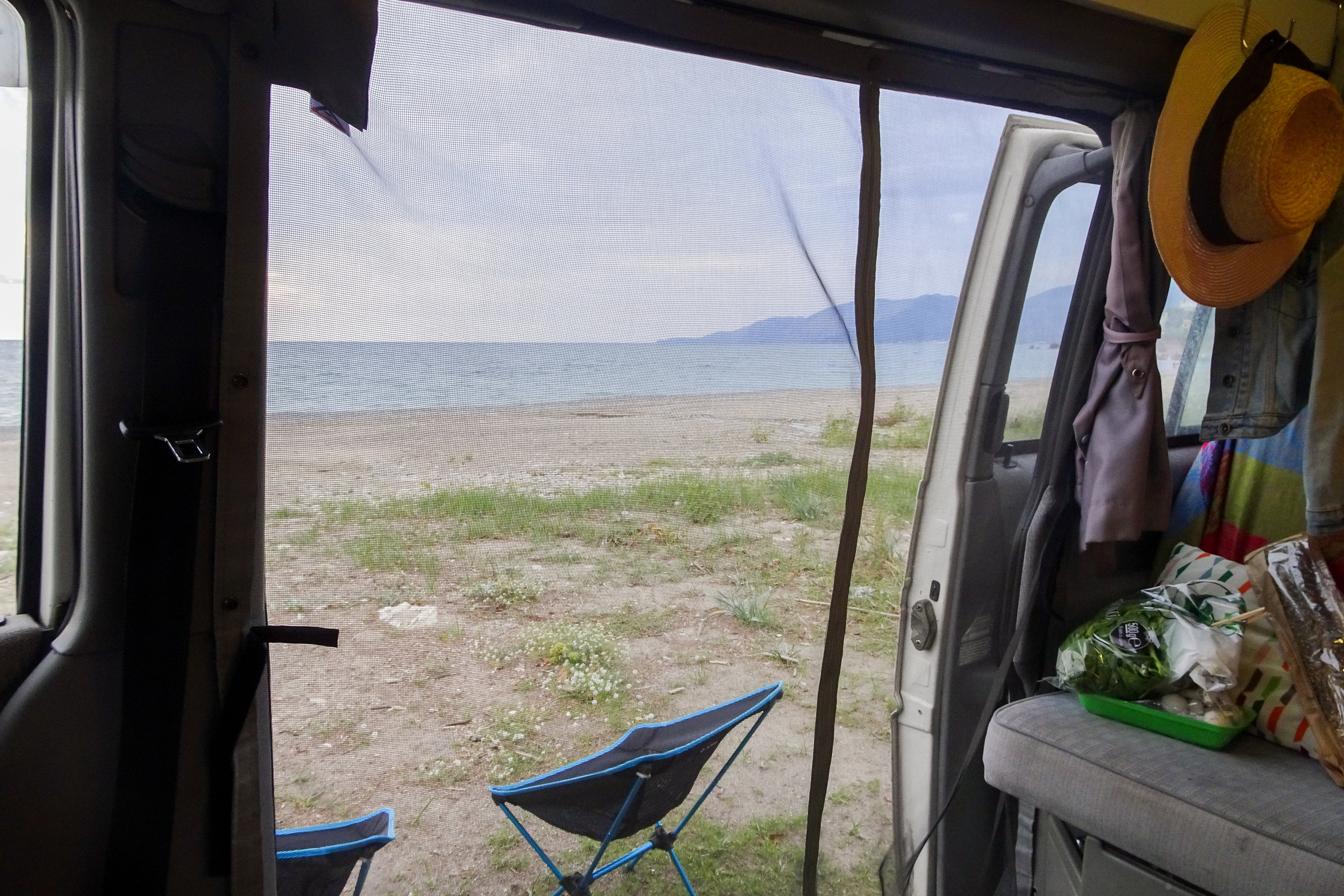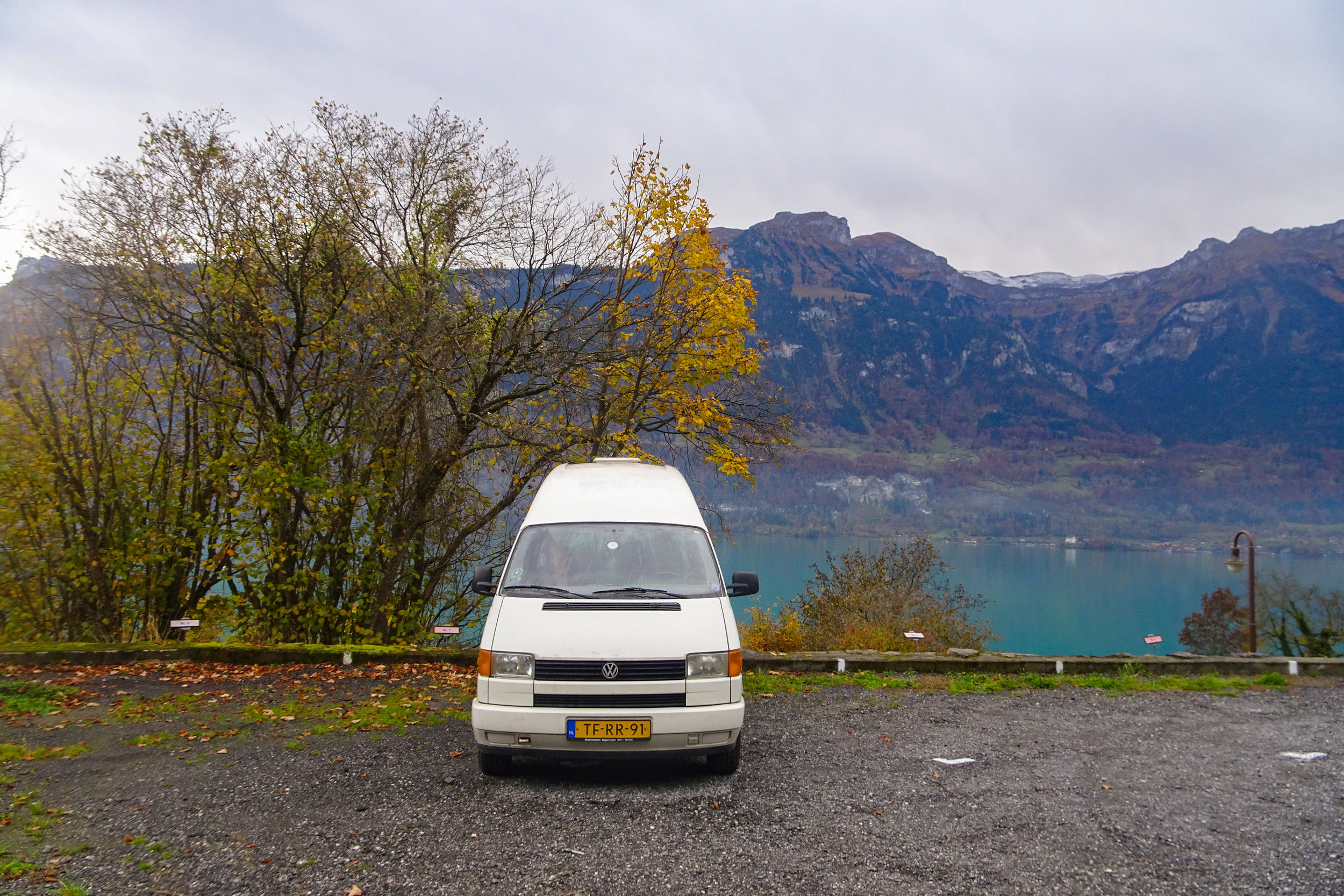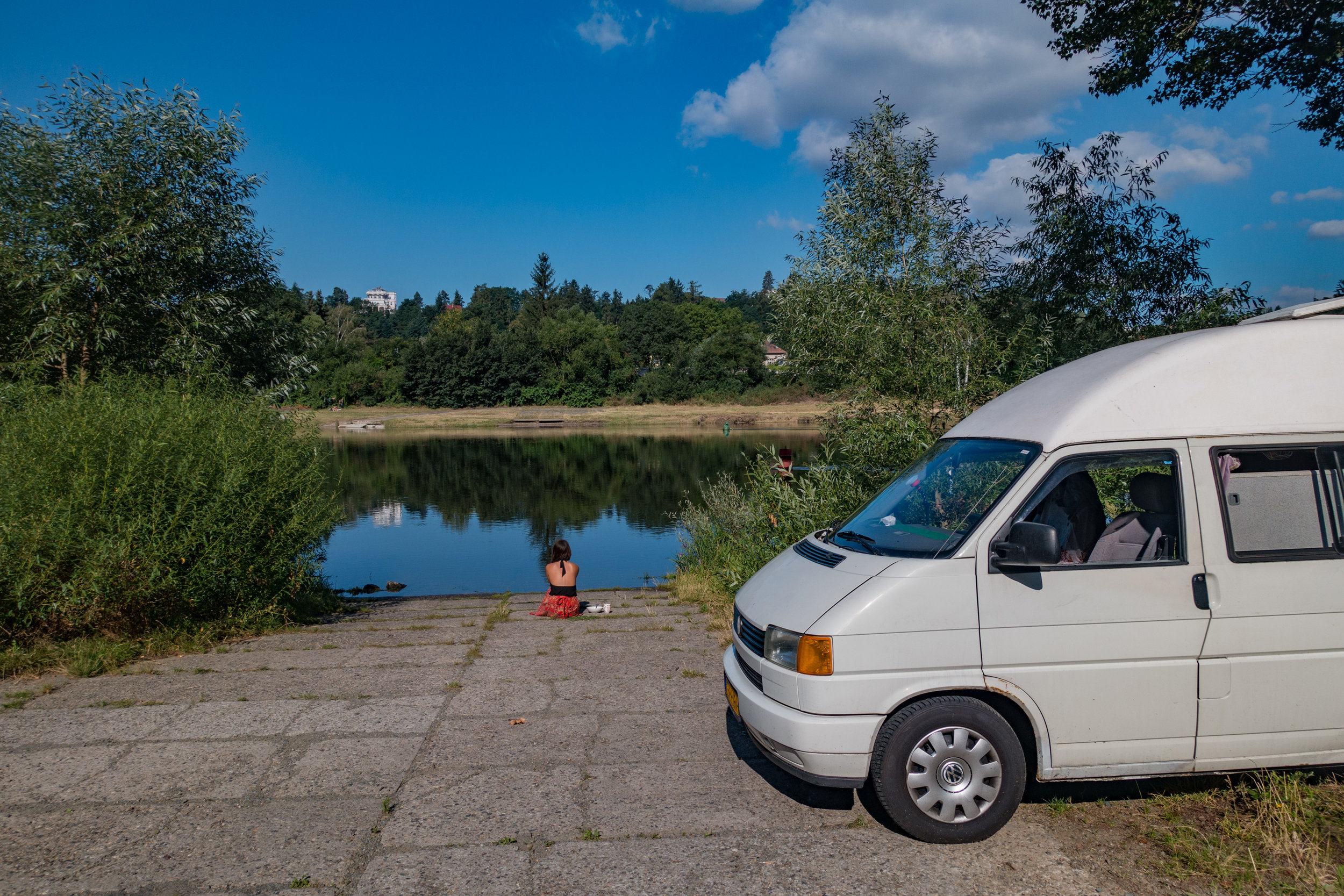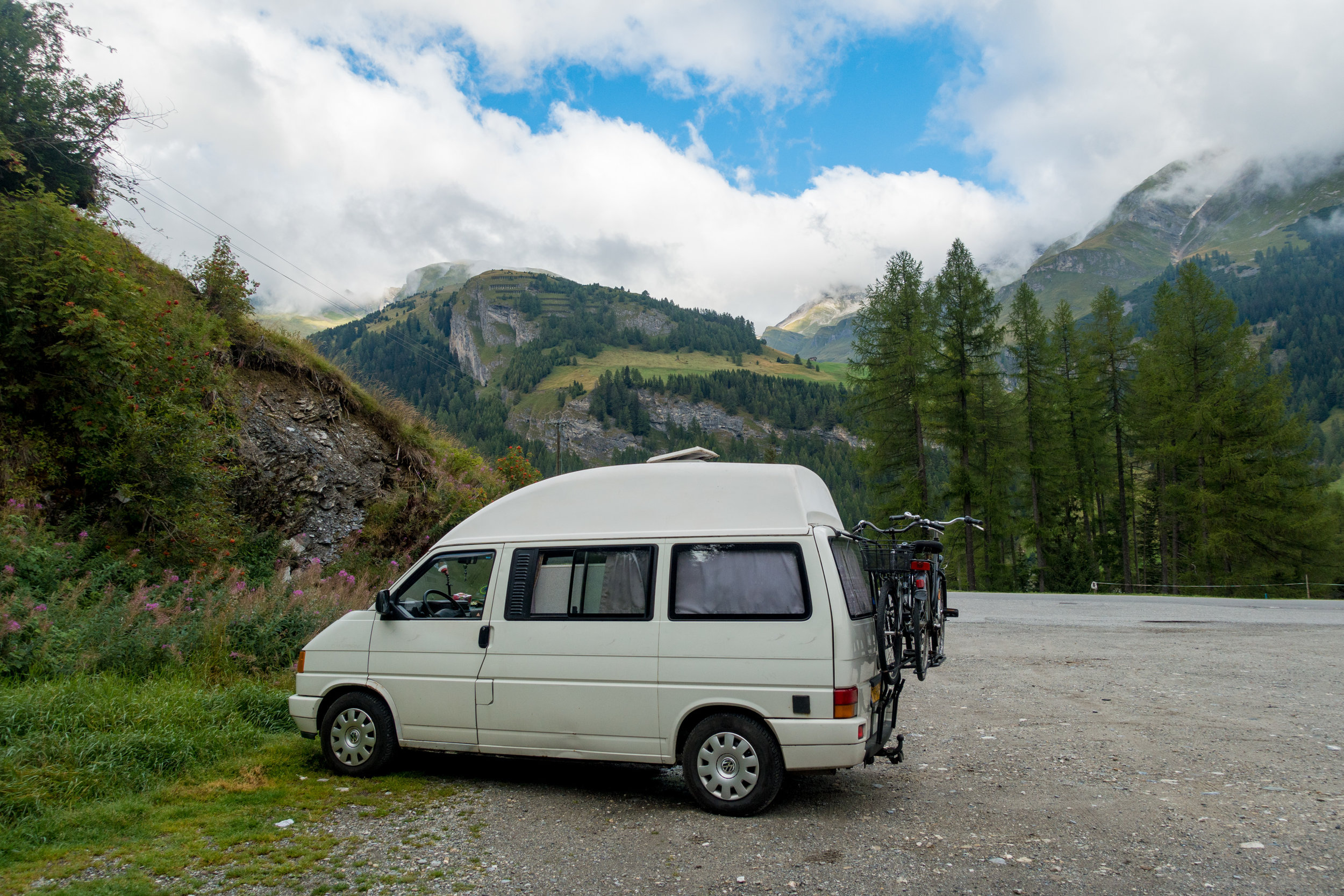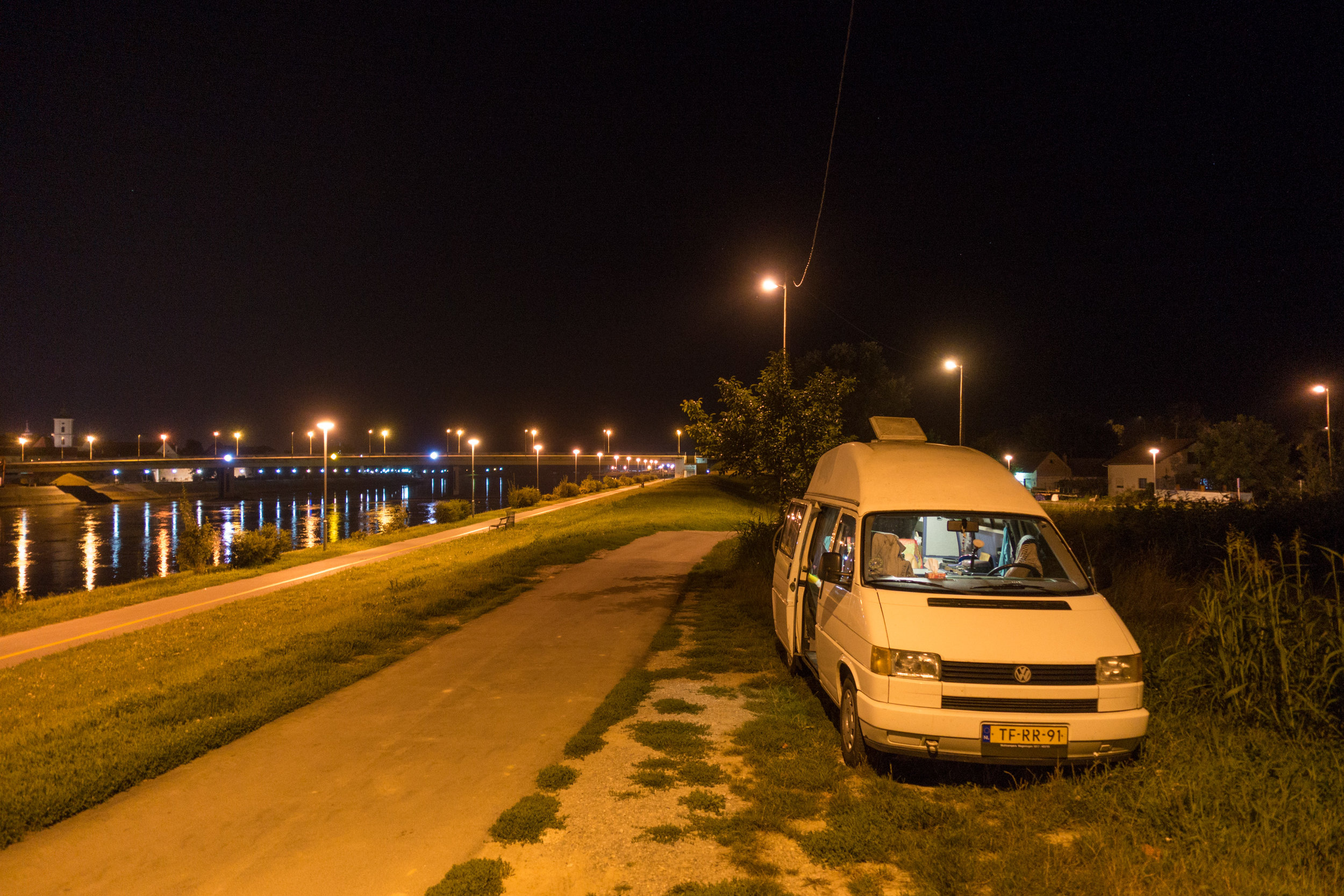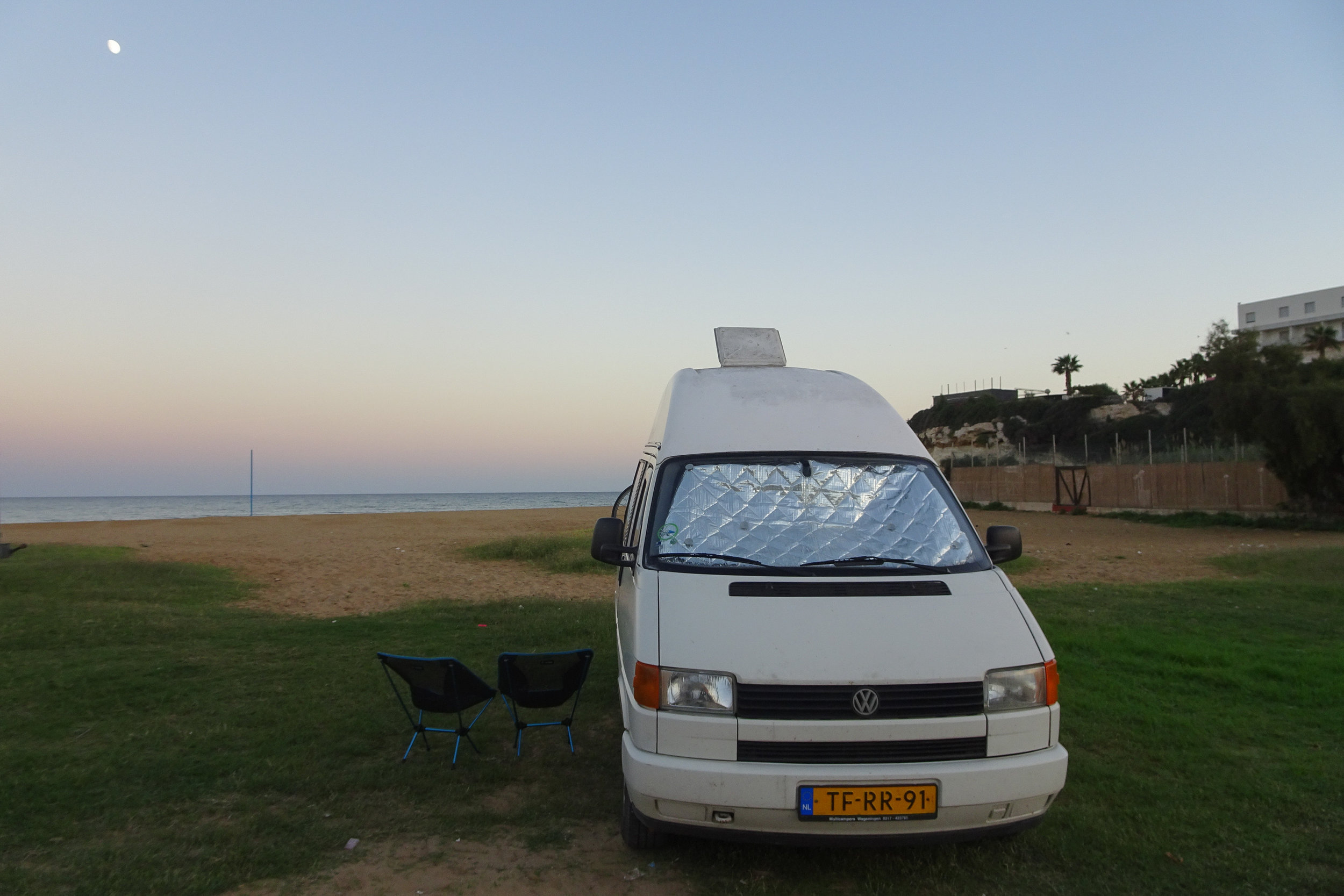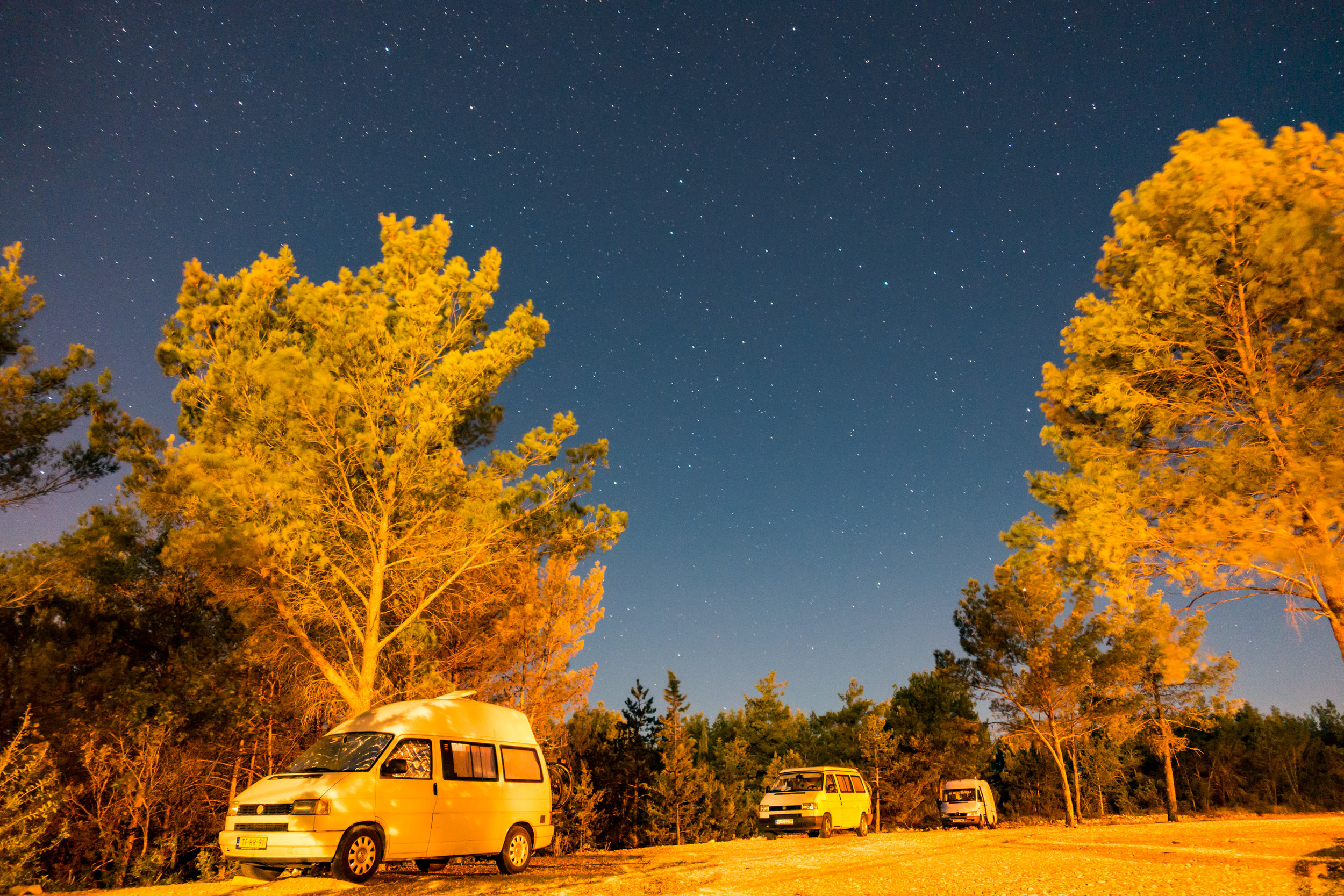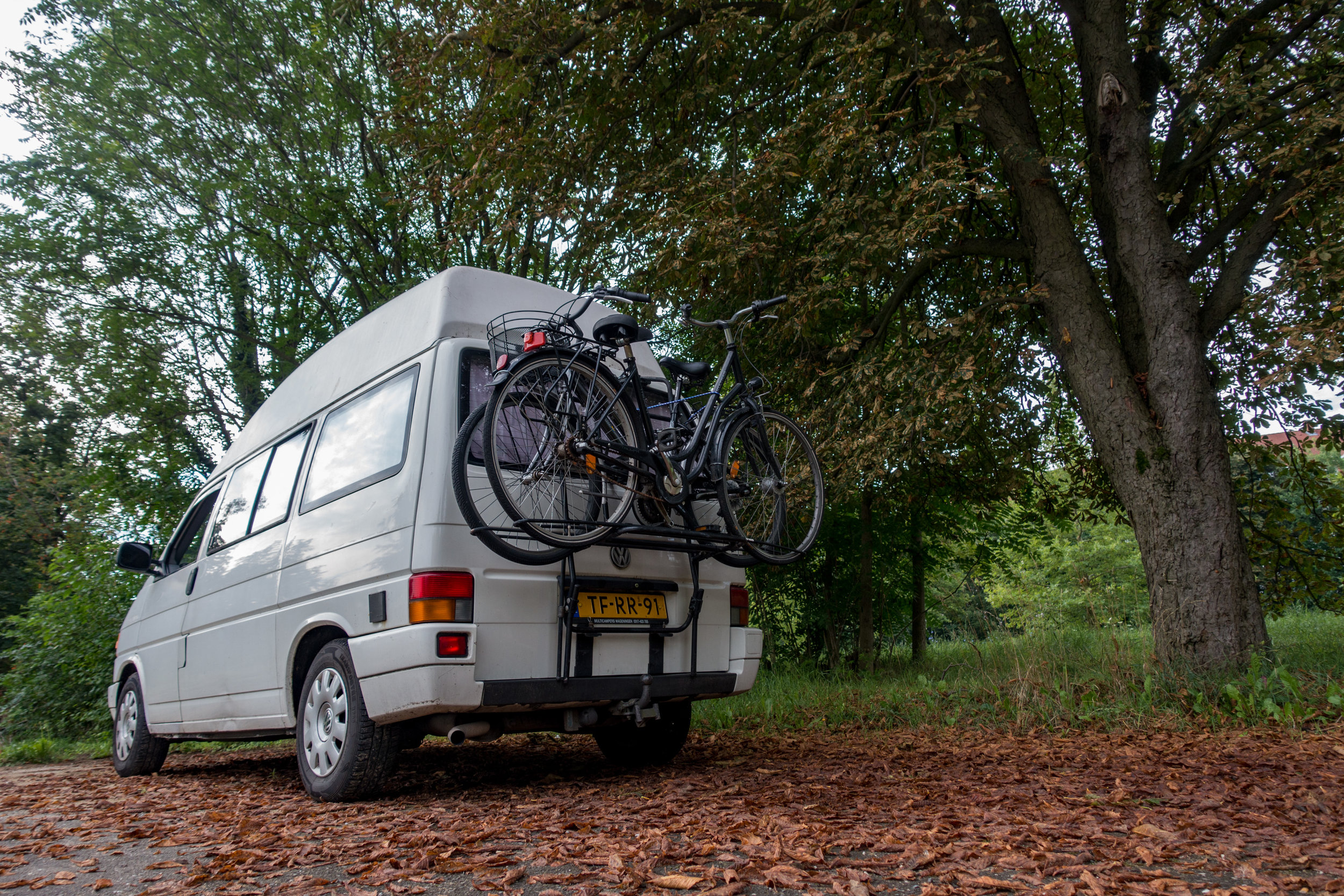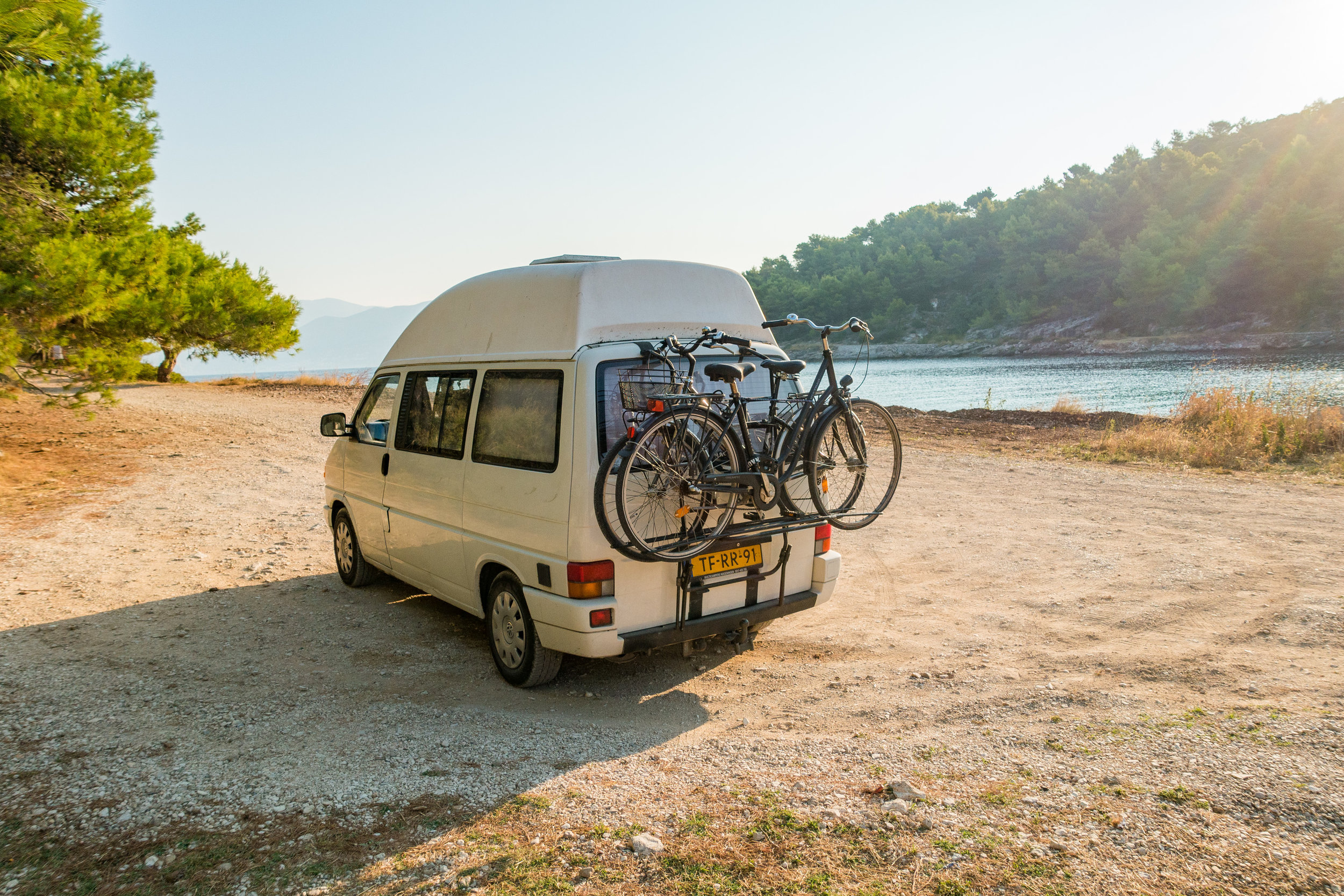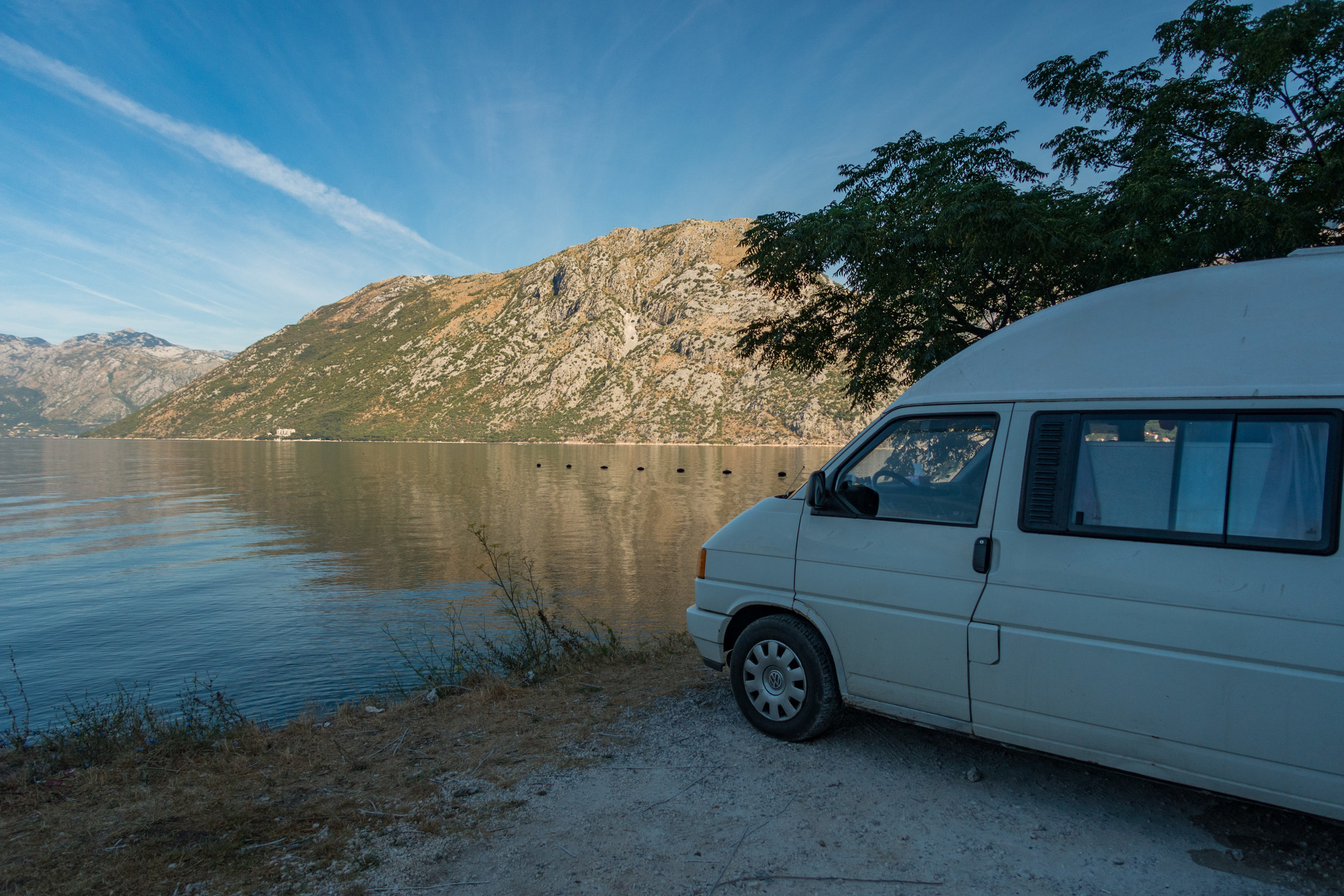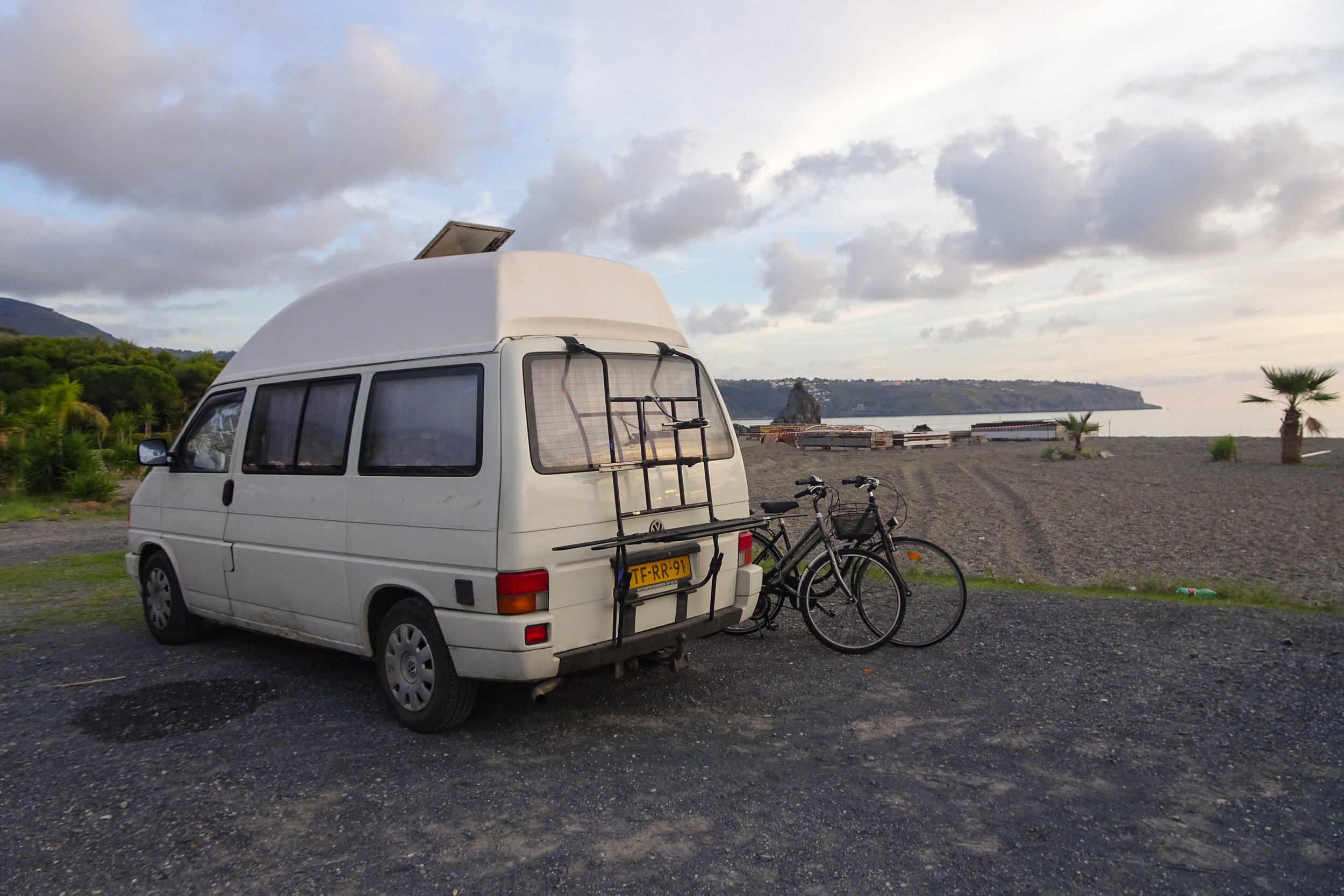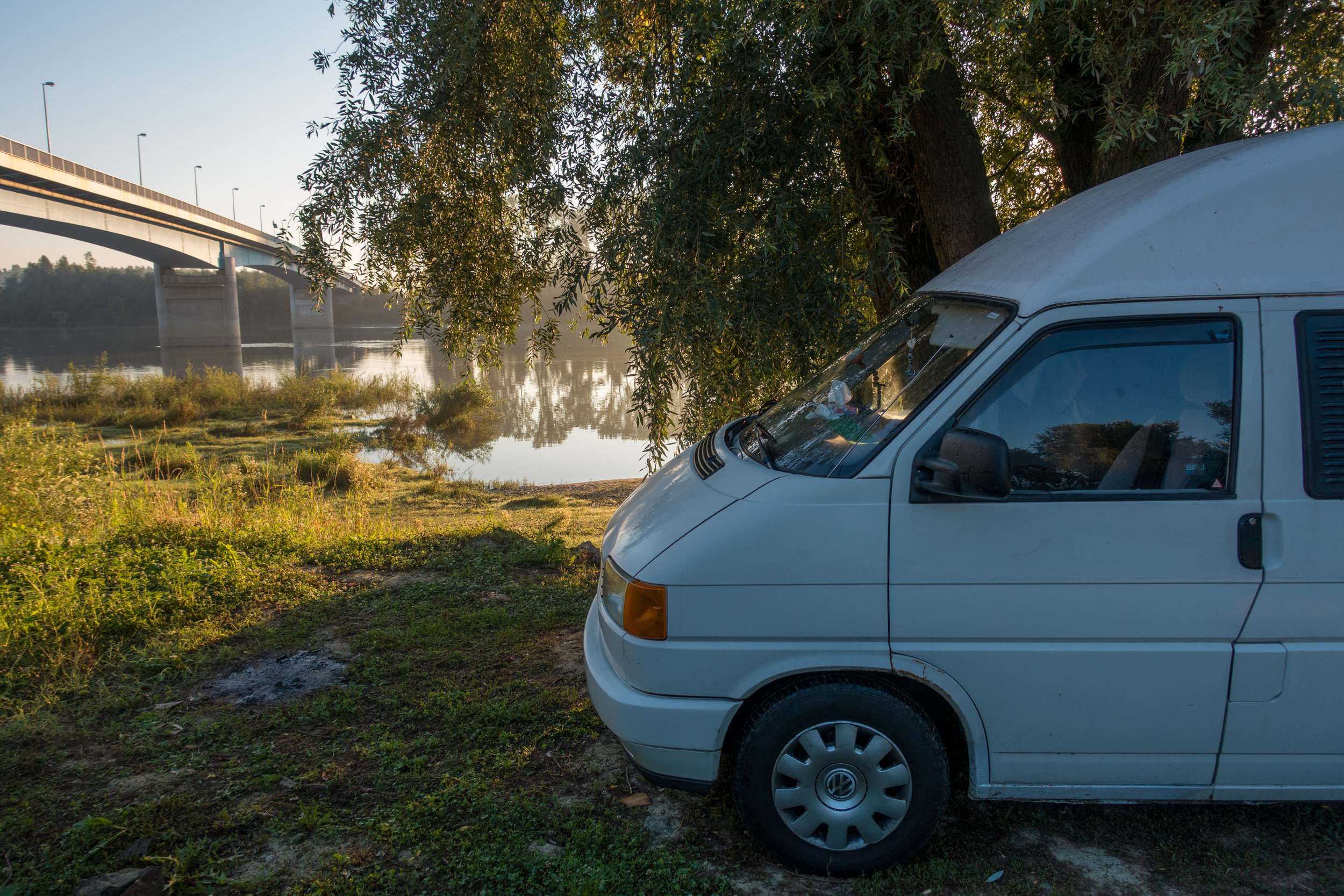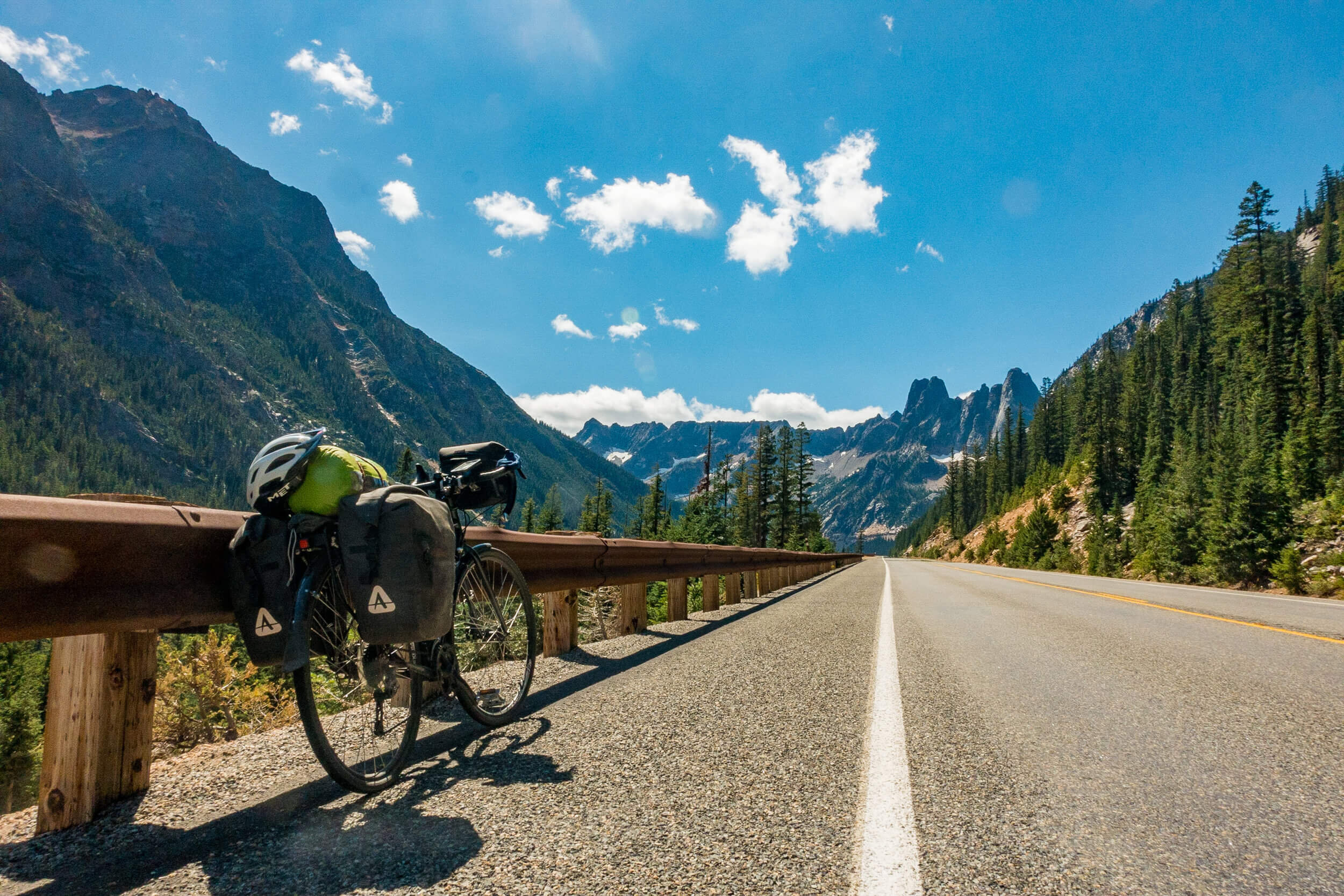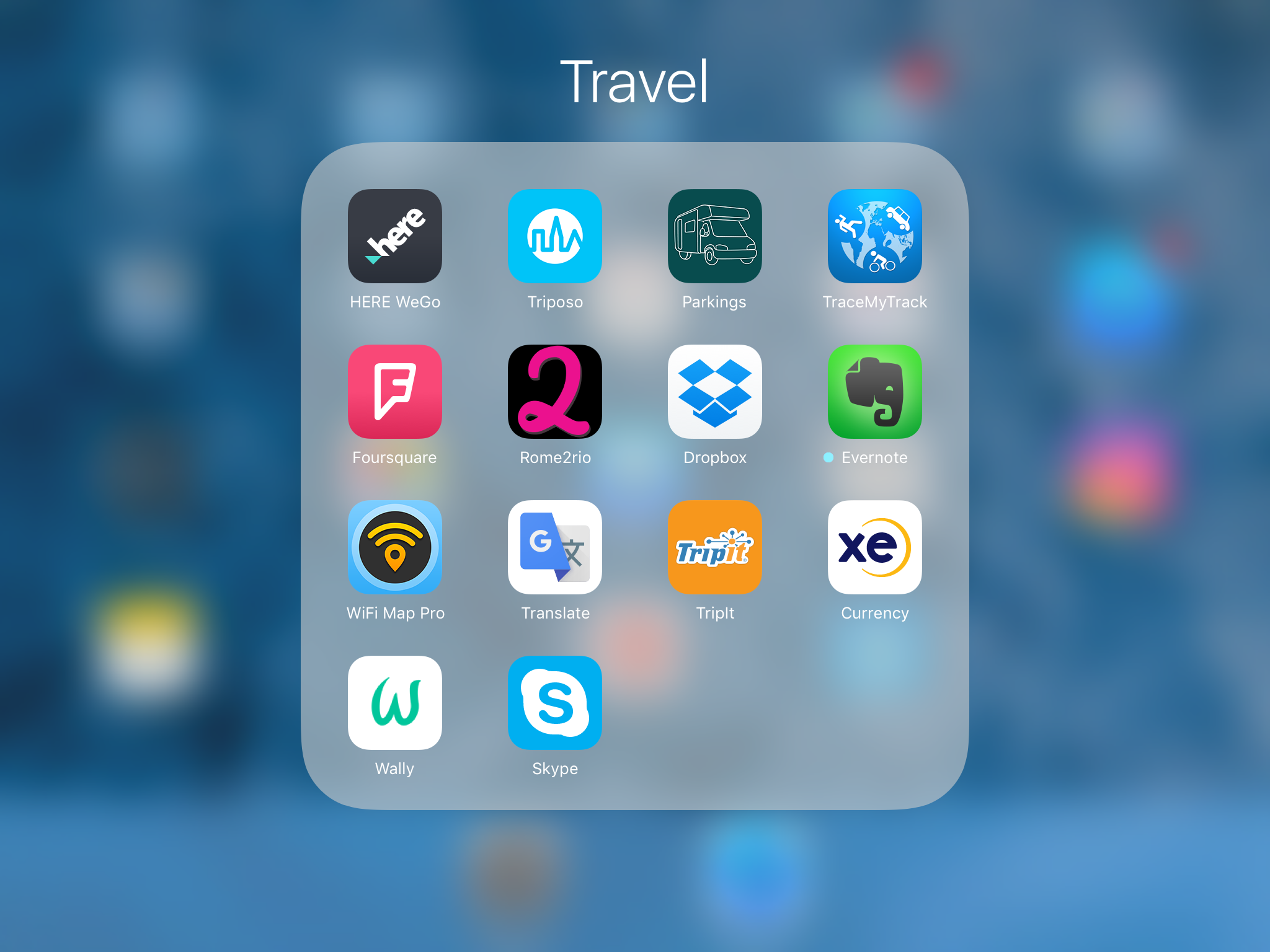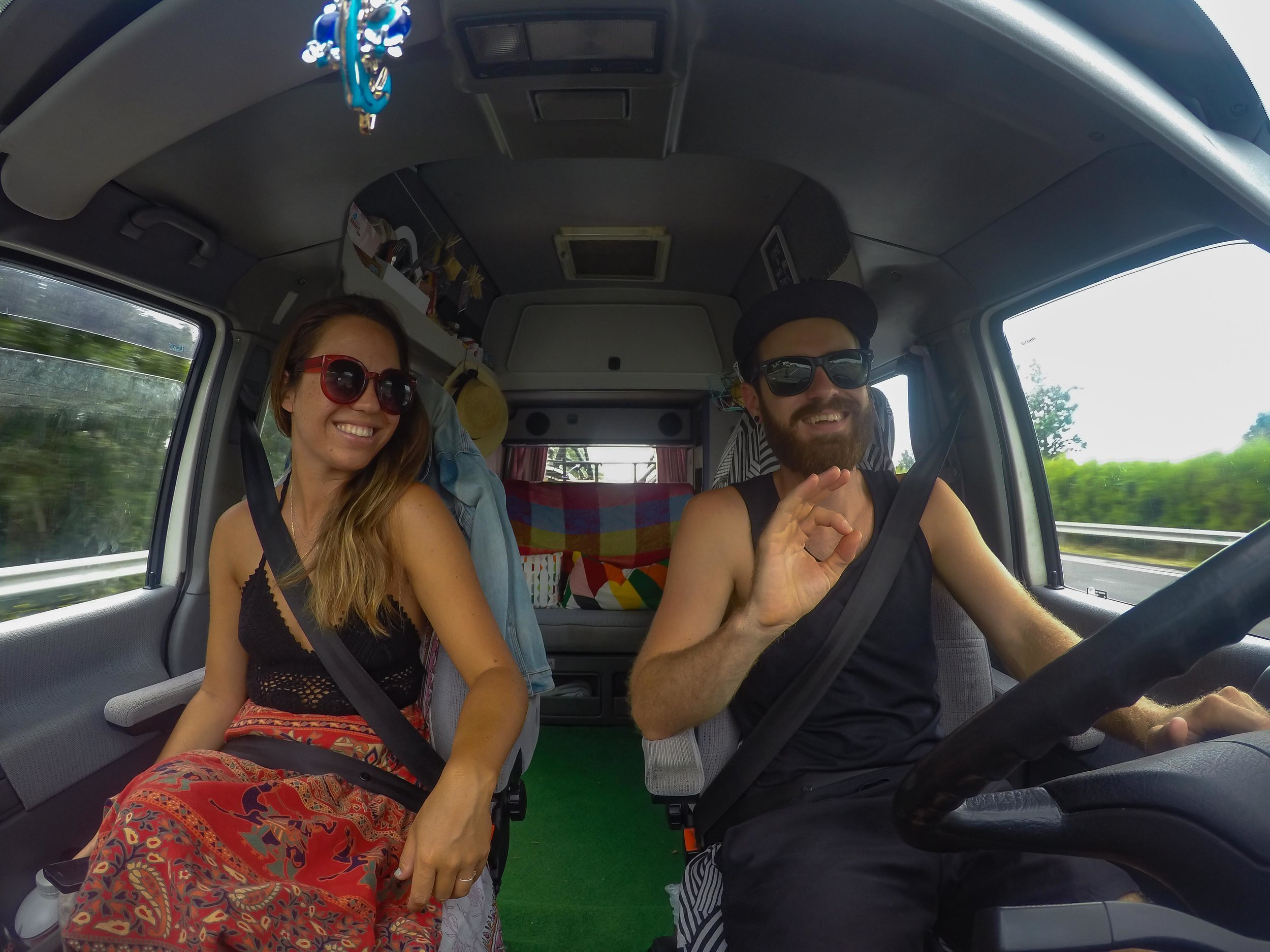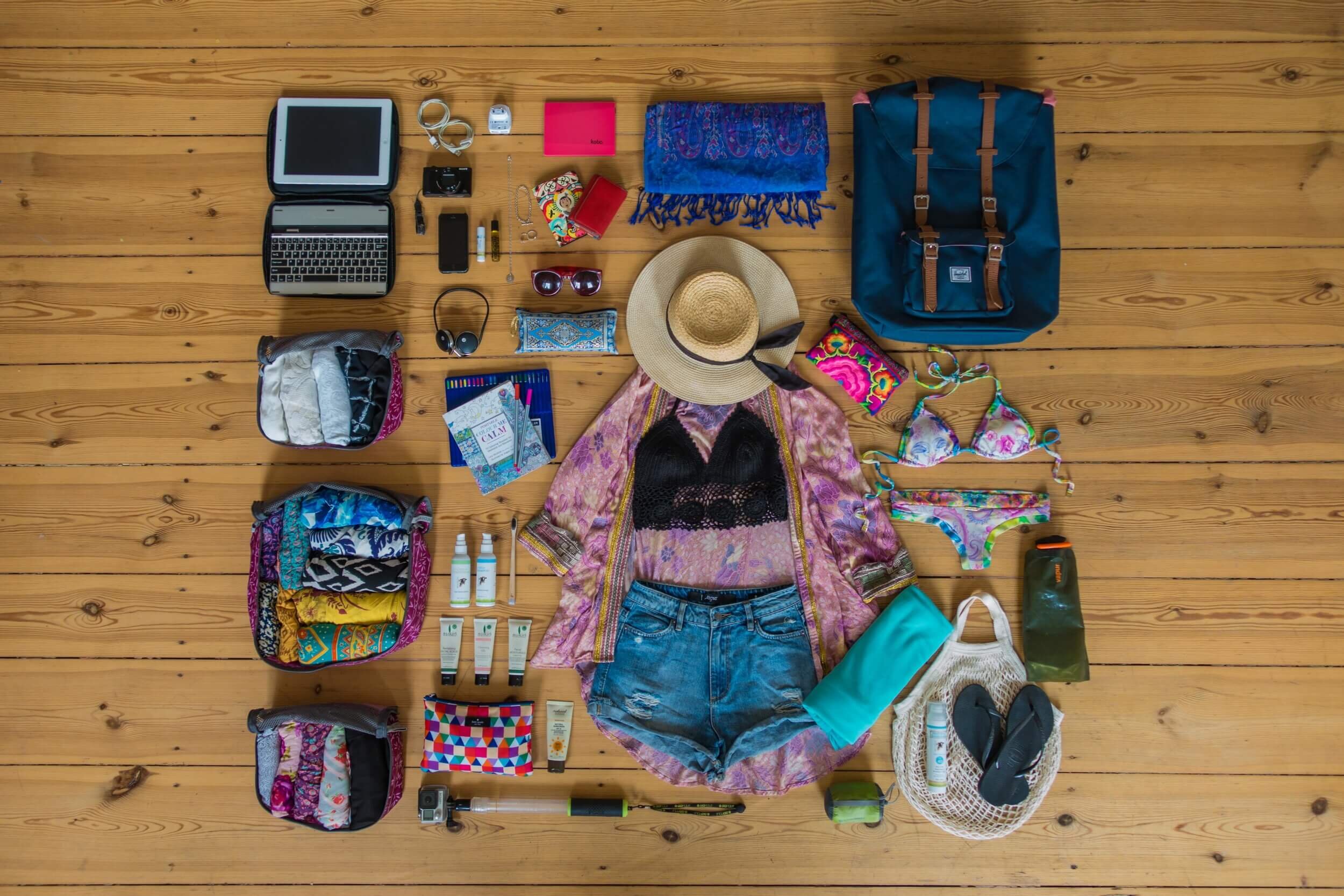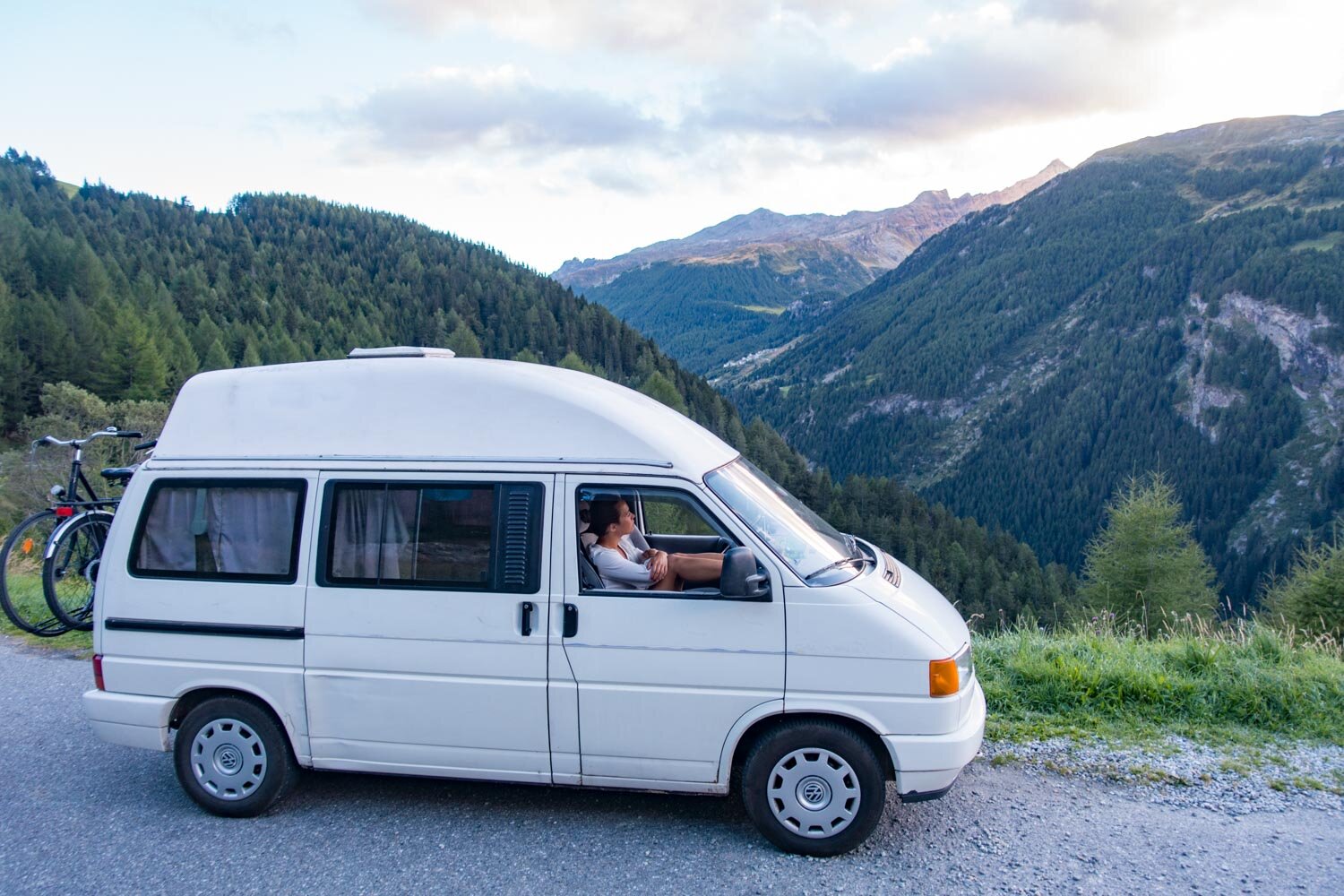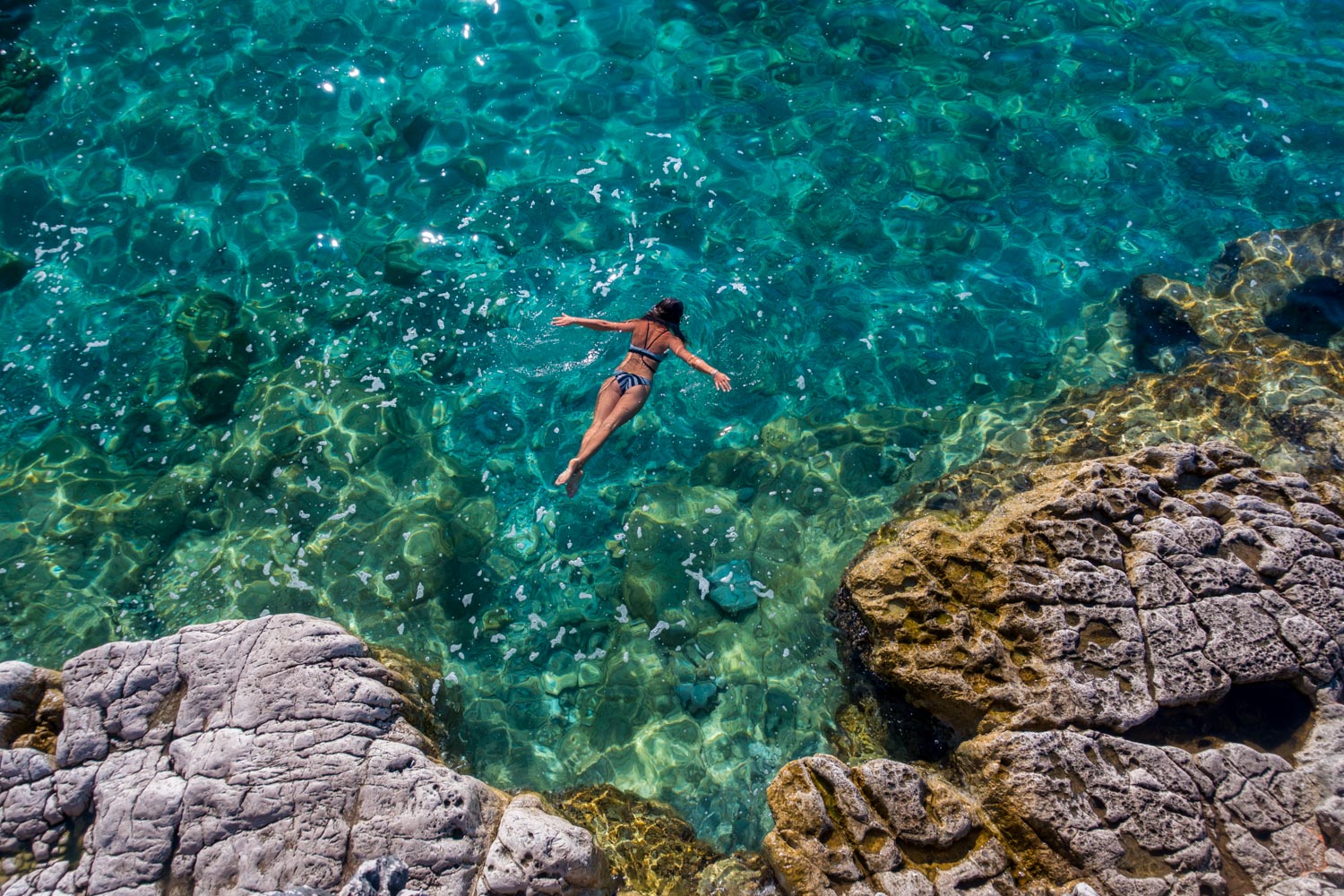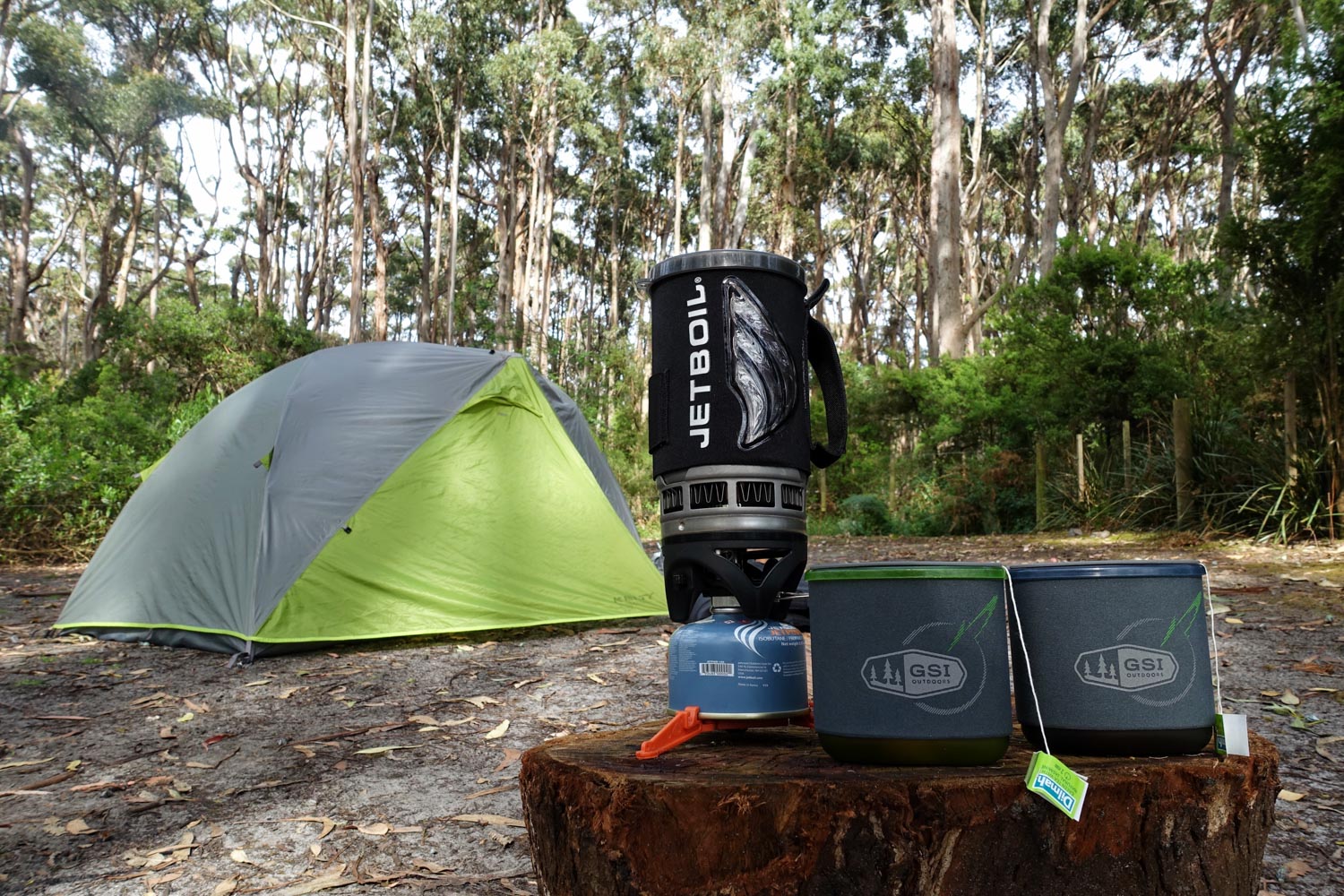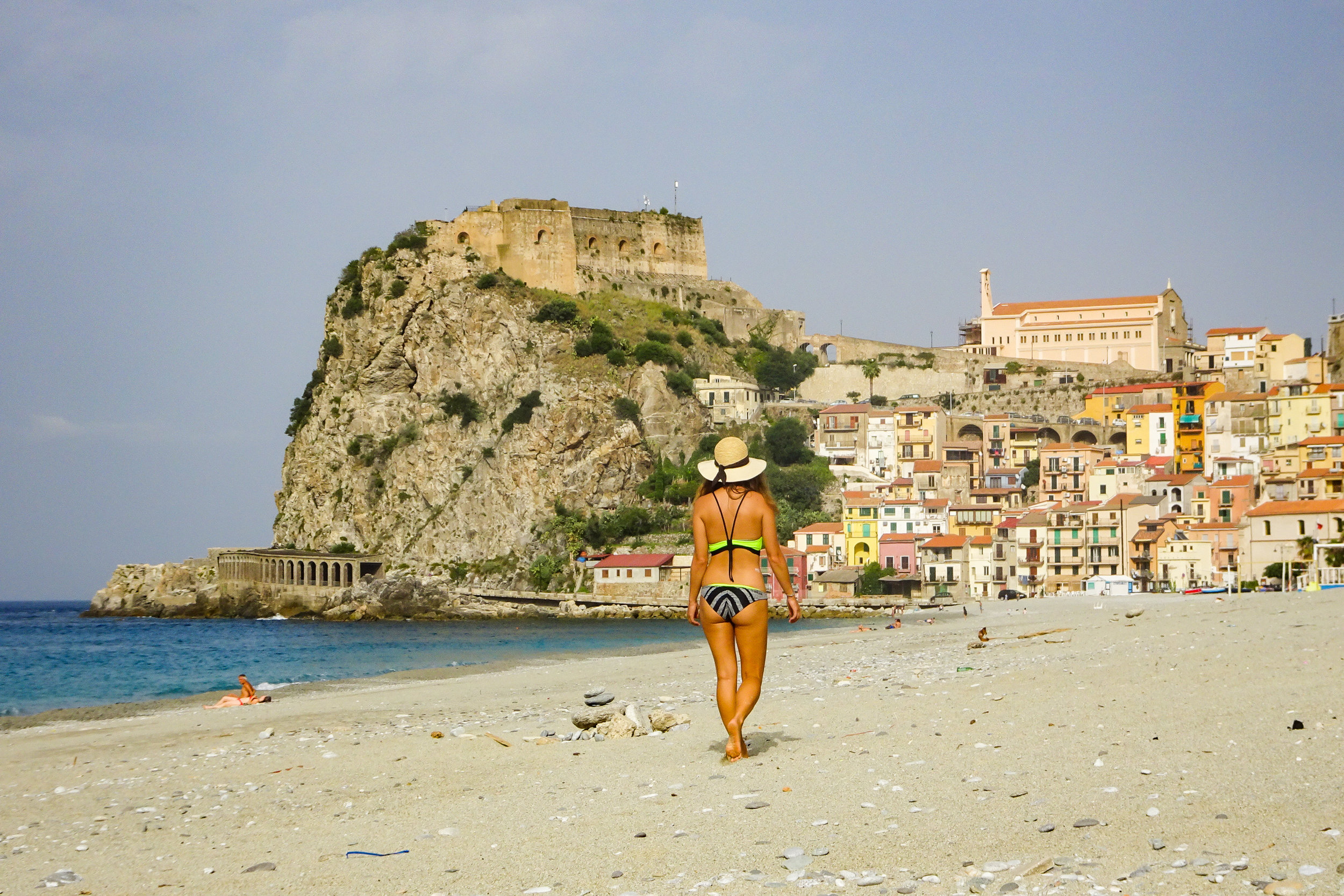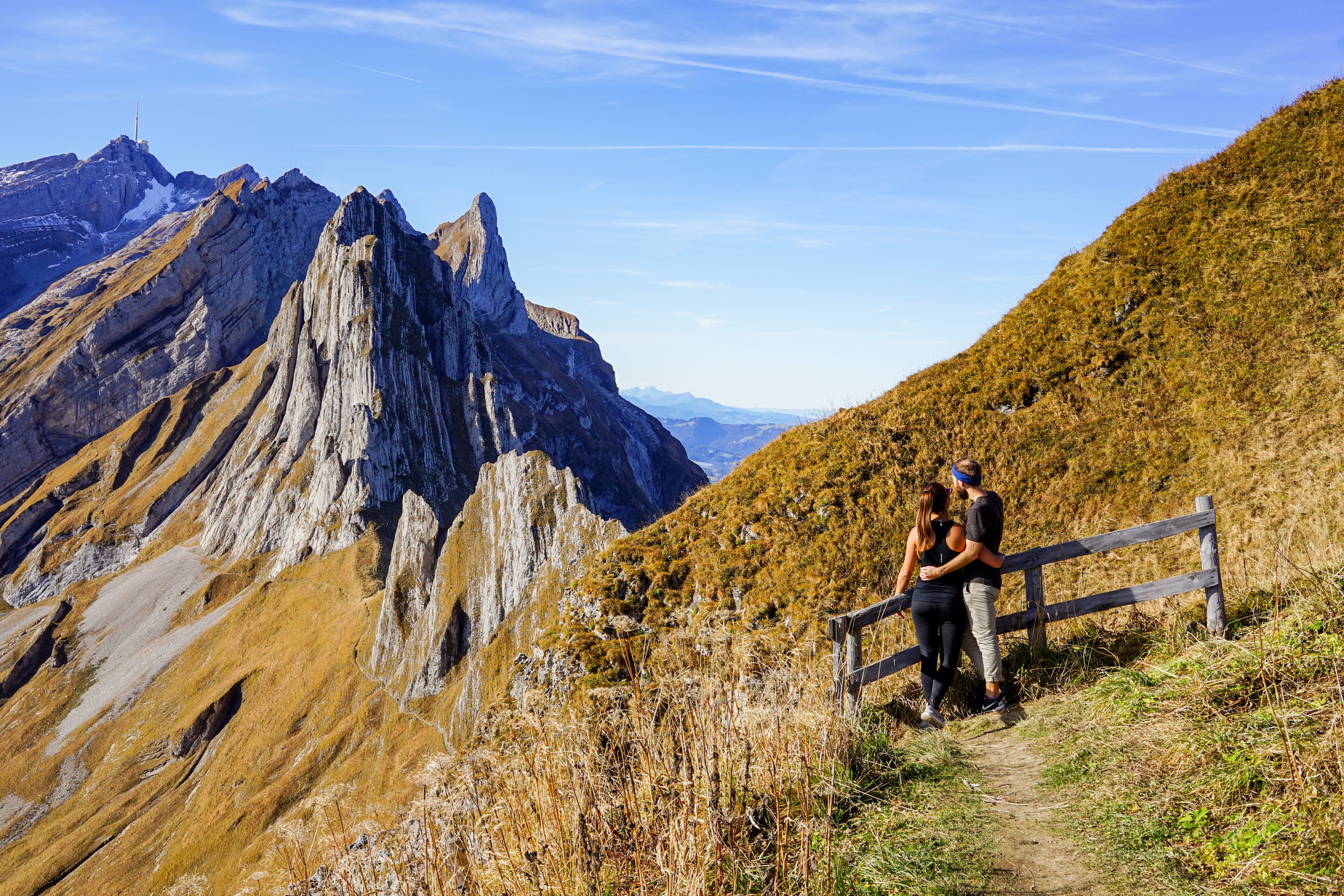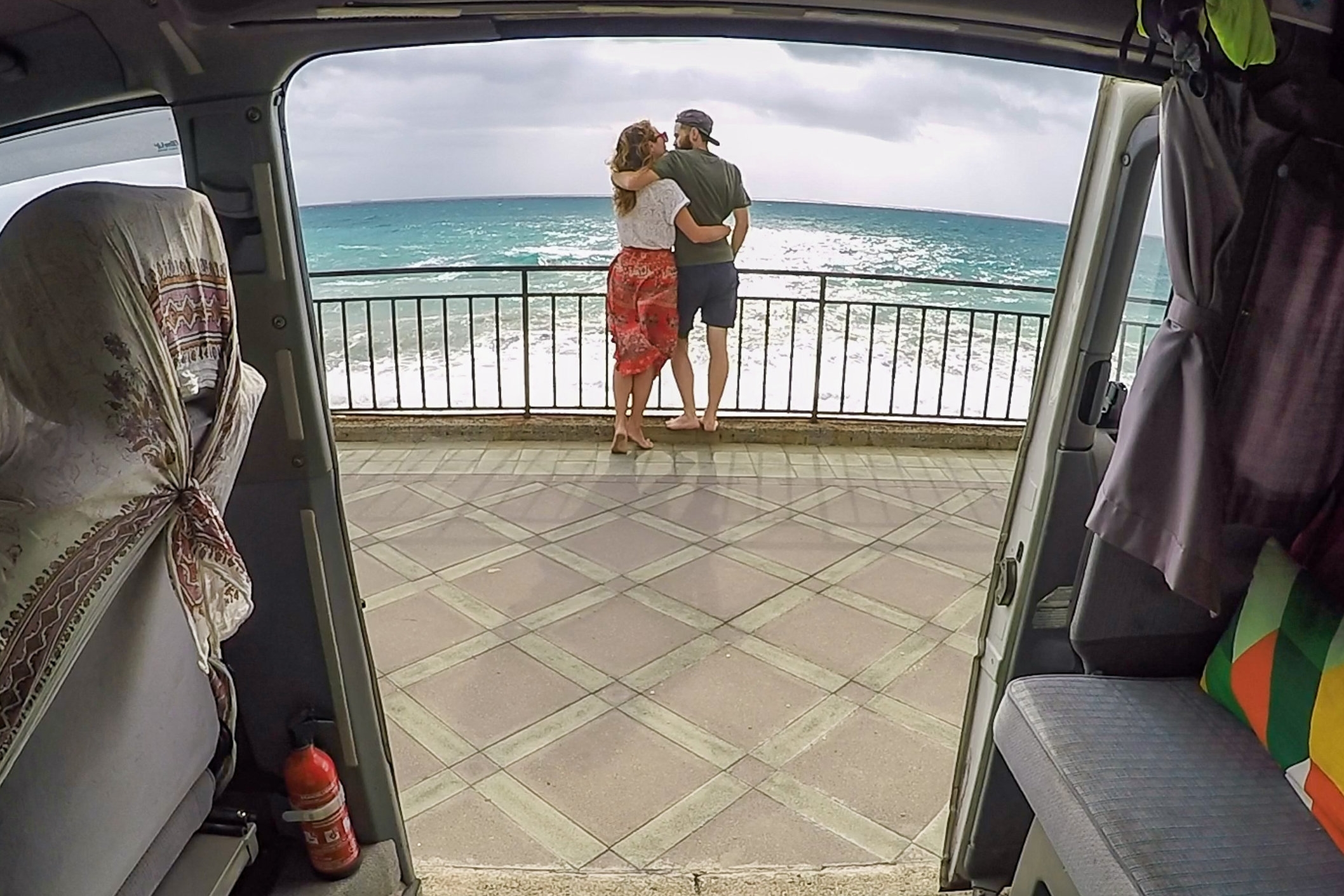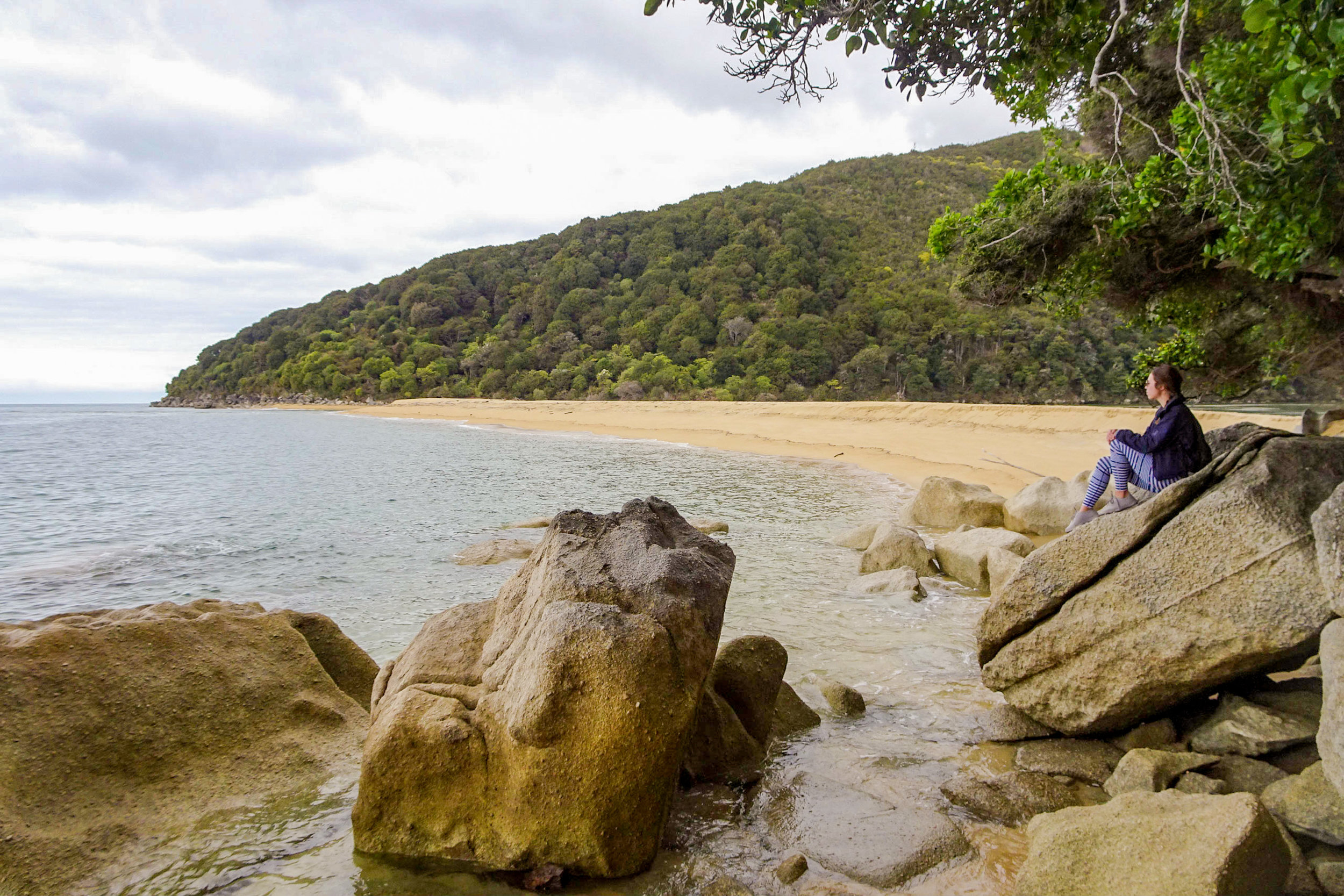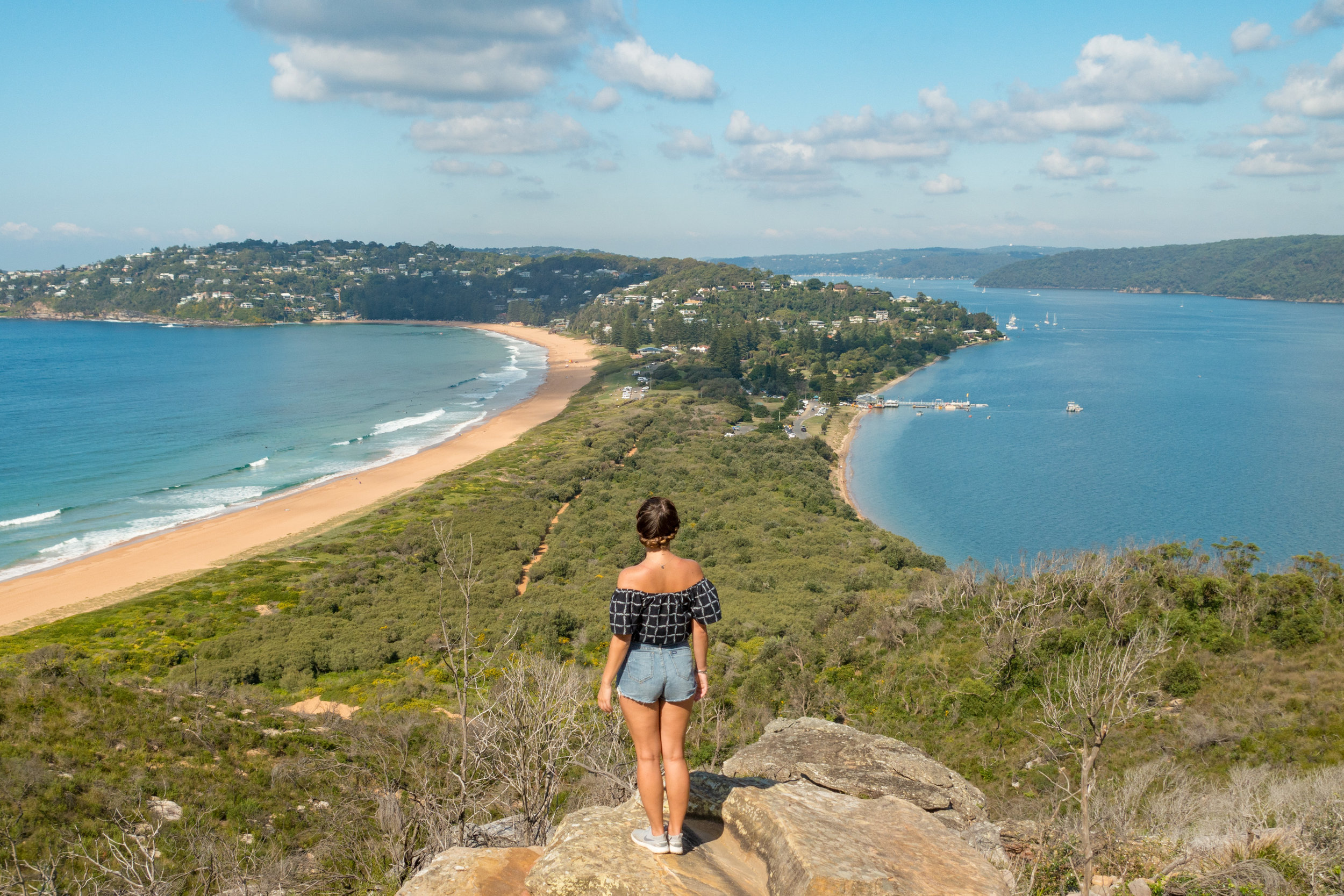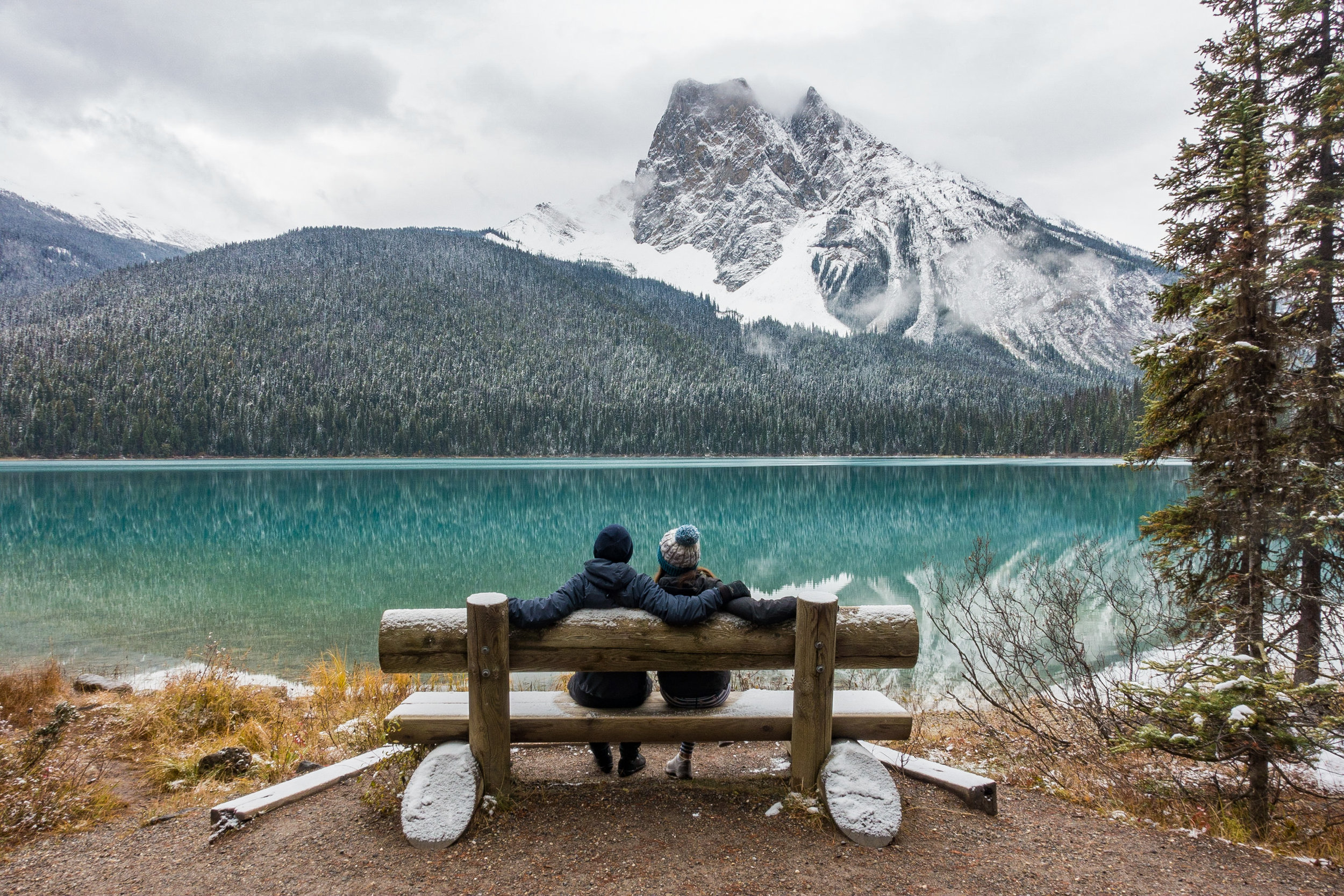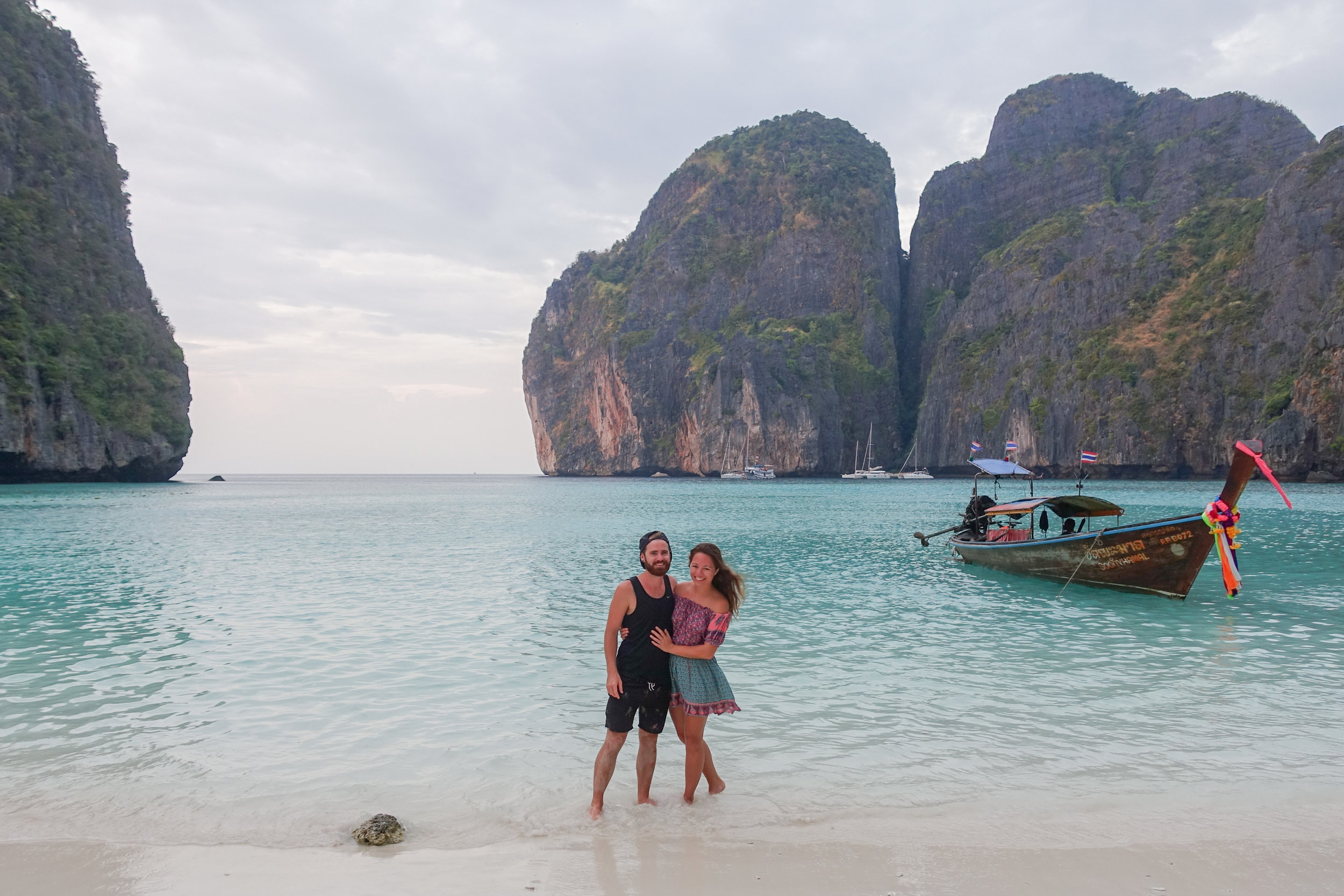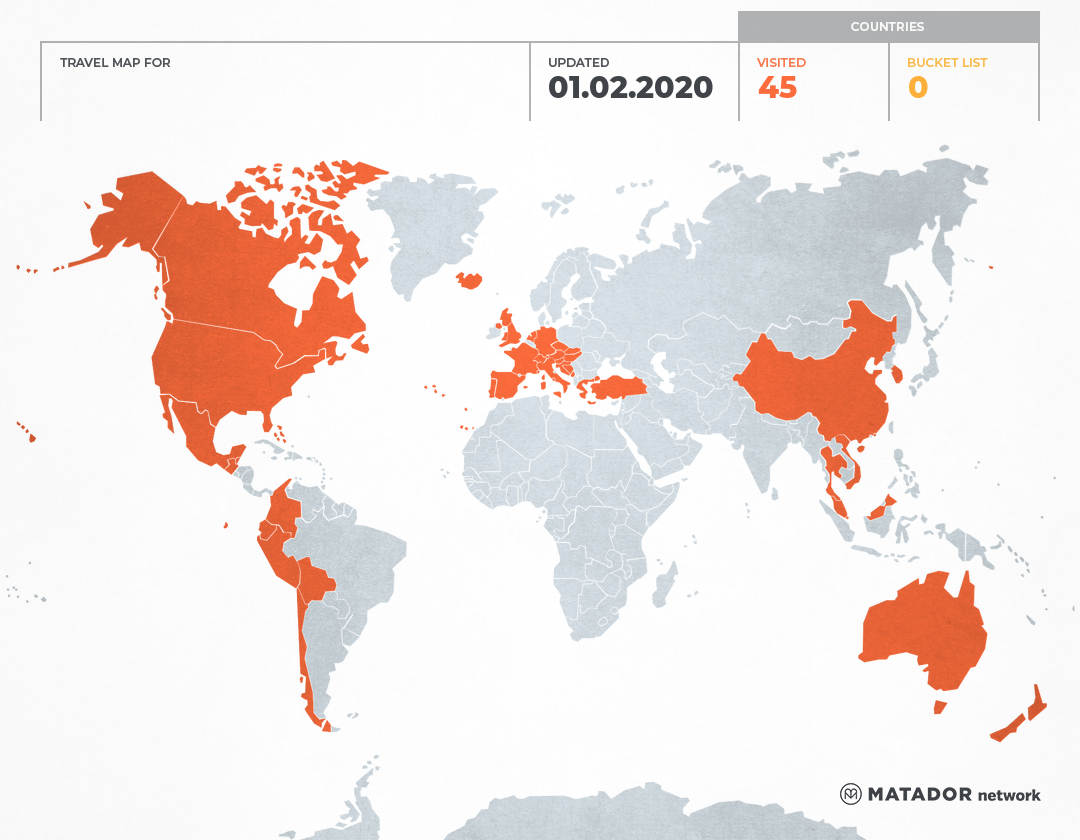Vanlife: 6 Tips For Wild-Camping
/When you join the Vanlife movement, finding a place to park for the night becomes as important as replenishing your water or food supplies. Having to pay for campgrounds quickly depletes your funds (see our breakdown of Vanlife costs here). It also means you miss out on the spontaneity and reward of finding a sweet wild-camping spot, all to yourselves. (Don't forget: We shared our favourite Vanlife camping spots in Europe with you.)
While Instagram has played a large part in connecting and inspiring the vanlife community, it often only shows the glamorous side of things. Sure there are times we enjoyed the tranquility of waking up at a beach or besides a lake, but those are the lucky days. Posting a photo while camped next to a busy road or a trash-strewn river does not make for a beautiful Instagram feed.
One thing is for sure. Finding the right place to park up for the night will consume far more of your time and energy than you think. It can be a time of intense discussion and disagreement. It will likely also result in some of your best and worst memories of Vanlife. See the other challenges of Vanlife here.
To help you with the task at hand...
Here are our Top 6 Tips For Wild-Camping:
1.) Settle down before it gets dark.
Daylight is your friend. Finding a good place to camp is increasingly harder when you can not get your bearings. If you arrived at nightfall certain you've found a sweet spot, there's a chance you might wake up in the morning only to discover you spent the night parked next to a sewerage tank. In our experience everything also looks far more sinister at night time, so plan ahead and utilise the daylight hours in order to achieve a good nights rest.
2.) Utilise apps.
Parkings and WikiCamps are our two must-have apps which pinpoint places to park for free. You can download all of the maps and information offline. There's also a function which sort the results by price and facilities, which comes in handy if you are in need of a cheap shower. Parkings and WikiCamps are available for purchase in the app store and we swear by using them everyday, so they are well worth the money.
3.) Download offline maps.
When our paid apps don't come up with the goods, we turn to offline Google Maps or Here Maps. Our method is to for any large green or blue areas on the map which normally represents a body of water or a nature reserve. These areas generally offer more privacy, although this method is very hit and miss.
4.) City parks are where it's at.
Parks often mean toilets, water sources, open spaces and car parks. While perhaps not always the best place to spend the night, they are good for day hangs when you need it.
5.) Stealth as a last resort.
If you really struggle to find anything and are forced to park in an area that you aren't supposed to (such as a suburban road) don't fret! Subtlety is key. Scout out an ideal spot and only park there for the night once you've completed all of your nightly tasks like cooking, cleaning up and getting ready for bed. It's important to make minimal noise and light, so the neighbours are none the wiser of your presence.
6.) Don't always go for the obvious picks.
Chances are someone else might have their eyes on that sweet park you found. That quiet spot down by the water might be deserted in the day, but during Friday and Saturday evening it could well turn into party central for the local youths. We've definitely been there and woken up mid rave party!
